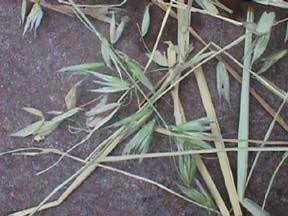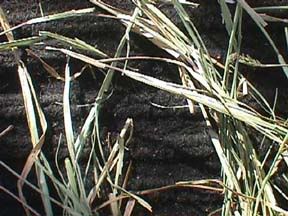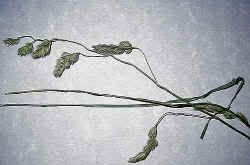
by Dr. Shannon Dominguez, DCH
FriendlyTails® - Animals Helping People Heal
"Improving quality of life with friendly tails." © ___________________________________________
Meet Grushenka, my 6 week old ermine eyed Angora. Isn't she just the cutest?! I think baby Angora bunnies are my new sweet spot when it comes to the animal world. I have just fallen head over heels smitten with this ball of fluff and my latest addition to the therapy animal team. (By the way, an ermine eye is a bluish-gray eye, whereas standard show angoras are either blue-eyed or pink-eyed).
Grushenka is not a rescue, which is generally my priority when adopting a new animal for the pet therapy program. Before the animal activists get a kink in their tails, Grushenka is the result of an accidental breeding and the pet guardian of those bunnies donated her to my program knowing that I have my therapy animals spayed/neutered and microchipped and she will have a future touching the lives of patients needing comfort.

Grushenka's training begins with a 30 day quarantine in our home away from the other pet therapy animals at the Center. While she appears to be very healthy and happy, it is always best to separate a new animal from the rest for 30 days to ensure no unseen pathogens (should they arise) be transmitted to the group of working animals. During this time in my home quarantine, Grushenka receives her first steps of socialization in a new environment that includes dogs and cats. She lives in a kennel inside the house, becomes litter box trained, and is turned out for exercise on the living room floor. These steps allows her to become familiar with other animals under a watchful eye (me) while providing reassurance that she is safe at all times.

When you're just 6 weeks old, the world is a pretty big place; especially when our two dogs (Bella, a Cavalier King Charles mix, and, Mana, a Smooth Coat Border Collie/Heeler) tower over her in a space of curiosity and protectiveness of this precious little one. The cats, truthfully, could care less about this new addition to the family. They watch her with an almost indignant attitude that no matter how cute, how fuzzy, furry or fluffy, the bunny is insignificant in their world. Yet, when the cats think I'm not looking, they'll walk over to the bunny and give her a sniff before walking away.
As Grushenka lives in our home, she will be accustomed to the phone ringing, the smell of food being prepared and cooking, sounds of television, the dogs playing, cats roaming, my parrot screaming (something we've never become accustomed to), finches singing, the noise of the vacuum, doors and drawers opening and closing, toilet flushing, water running, and lots of voices from people and handling from myself, husband and friends who drop by to visit. This socialization is preparation for her work, as similar sounds present themselves in the clinical environment when the time comes to visit patients and residents.
Thus begins her training into the world of touching lives and helping people heal. Judging by the reviews of friends so far, she will be bringing a lot of joy, smiles and comfort to many!



















